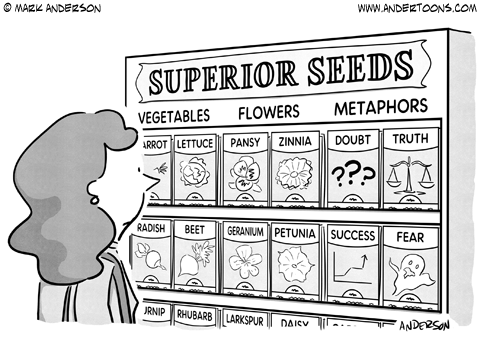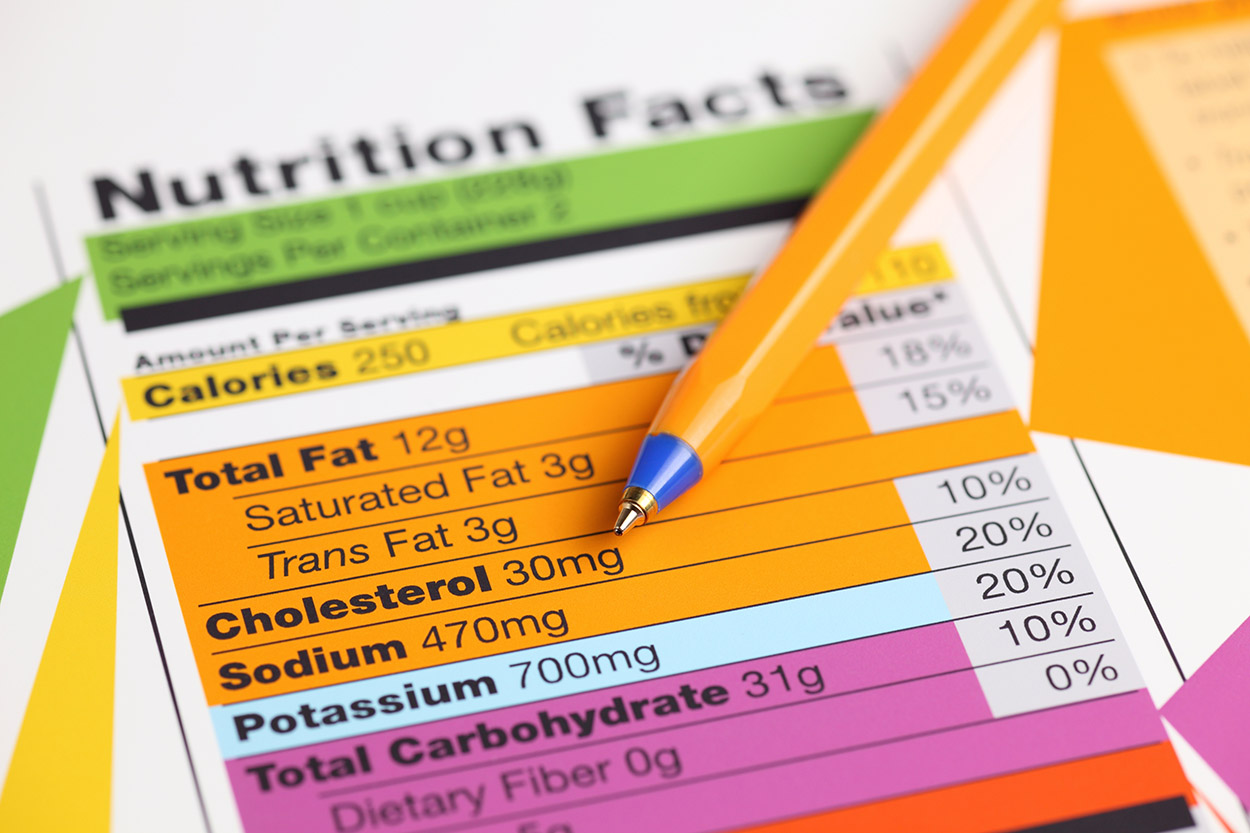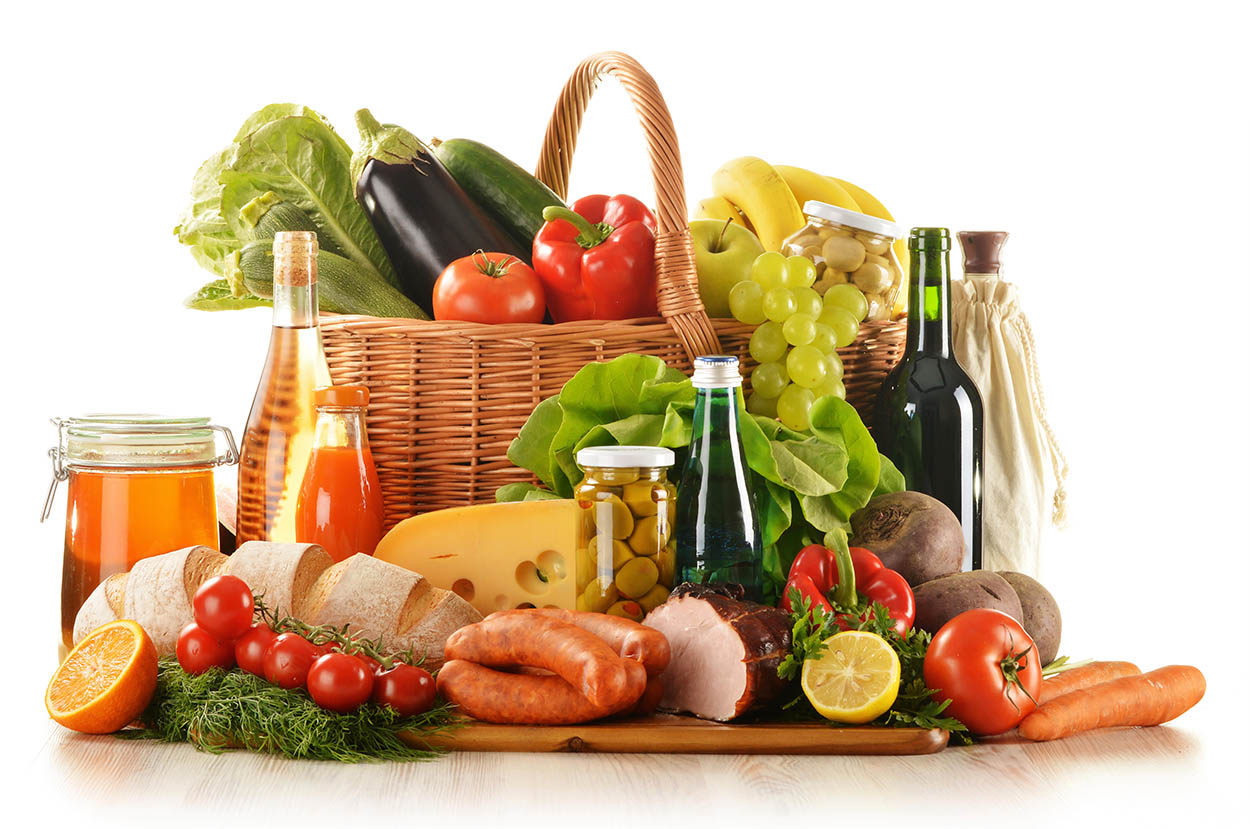 TDEE Calculator
TDEE Calculator

Our TDEE calculator will tell you how many calories you likely burn each day at your current weight and activity level. If you would like to change your weight you can enter how much you would like to lose or gain & how long you anticipate it to reach your goal. The calculator will then return how much you would need to adjust your calorie intake to reach your goal. If you feel you will have trouble adjusting your caloric intake as much as suggested you can also adjust your daily activity level to see how that will impact the calories needed to reach your goal. This calculator also returns the sustained TDEE after your weight goal has been reached.
Usage Instructions
Are you looking to maintain your current weight? This calculator will help you determine a daily caloric intake for your current weight, reaching any other weight goal & maintaining weight after reaching a goal.
First input your health details including gender & height. Then choose a daily activity level from the available pull-down menu. Enter how much you'd like to gain or lose and a time period that you would like to achieve your goal. If you do not want to change your weight then leave the weight loss setting at 0.
Press CALCULATE, and you’ll see estimated calorie requirements for maintaining your current weight, as well as a number for reaching your goal & then maintaining that new goal.
The above should give a fairly accurate calorie number for reaching your goal, but to get a most accurate Total Daily Energy Expenditure (TDEE), get your body composition tested and enter your stats in the "body fat percentage" field.
Please seek the help of medical & nutritional professionals before drastically altering your exercise or diet.
SUGAR: The Bitter Truth
Here is the backstory on the following fantastic educational video which explains why sugar is so horrible for your health.
Sugar & other fast acting carbohydrates spike your blood sugar level, which in turn leads to your blood sugar level later crashing & thus making you hungry again sooner. No matter how hard you work out, it is hard to lose body mass if you have metabolic syndrome & are resistant to leptin. You can't outrun your fork & it is hard to get your fork under control if you are leptin resistant.
500 Calories a Day

Losing a pound requires burning an extra 3,500 calories. Since there are 7 days in a week, this would mean losing a pound a week would require a 500 calorie daily deficit.
How long would I have to ___ to burn 500 calories?
Approximate minutes of exercise needed to burn 500 calories, by personal weight.
The exercise time columns can be sorted from high to low or low to high by clicking on a weight. All times are in minutes. You can also use this calculator to see how many calories you will burn over x minutes of exercise.
| Exercise | 100 lbs | 125 lbs | 150 lbs | 175 lbs | 200 lbs | 250 lbs | 300 lbs |
|---|---|---|---|---|---|---|---|
| Aerobics: low impact | 114 | 91 | 76 | 65 | 57 | 45 | 38 |
| Aerobics: high impact | 89 | 71 | 60 | 51 | 45 | 36 | 30 |
| Aerobics, Step: low impact | 89 | 71 | 60 | 51 | 45 | 36 | 30 |
| Aerobics, Step: high impact | 63 | 50 | 42 | 36 | 31 | 25 | 21 |
| Aerobics: water | 156 | 125 | 104 | 89 | 78 | 63 | 52 |
| Bicycling, Stationary: moderate | 89 | 71 | 60 | 51 | 45 | 36 | 30 |
| Bicycling, Stationary: vigorous | 60 | 48 | 40 | 34 | 30 | 24 | 20 |
| Circuit Training | 78 | 63 | 52 | 45 | 39 | 31 | 26 |
| Rowing, Stationary: moderate | 89 | 71 | 60 | 51 | 45 | 36 | 30 |
| Rowing, Stationary: vigorous | 74 | 59 | 49 | 42 | 37 | 29 | 25 |
| Ski Machine | 66 | 53 | 44 | 38 | 33 | 26 | 22 |
| Stair Stepper | 104 | 83 | 69 | 60 | 52 | 42 | 35 |
| Weight Lifting: light | 208 | 167 | 139 | 119 | 104 | 83 | 69 |
| Weight Lifting: vigorous | 104 | 83 | 69 | 60 | 52 | 42 | 35 |
| Basketball: playing a game | 78 | 63 | 52 | 45 | 39 | 31 | 26 |
| Basketball: wheelchair | 86 | 77 | 64 | 55 | 48 | 38 | 32 |
| Bicycling: BMX or mountain | 74 | 59 | 49 | 42 | 37 | 29 | 25 |
| Bicycling: 12-13.9ph | 78 | 63 | 52 | 45 | 39 | 31 | 26 |
| Bicycling: 14-15.9ph | 63 | 50 | 42 | 36 | 31 | 25 | 21 |
| Boxing: sparring | 69 | 56 | 46 | 40 | 35 | 28 | 23 |
| Football: competitive | 69 | 56 | 46 | 40 | 35 | 28 | 23 |
| Football: touch or flag | 78 | 63 | 52 | 45 | 39 | 31 | 26 |
| Frisbee | 208 | 167 | 139 | 119 | 104 | 83 | 69 |
| Golf: carrying clubs | 114 | 91 | 76 | 65 | 57 | 45 | 38 |
| Golf: using cart | 179 | 143 | 119 | 102 | 99 | 71 | 60 |
| Gymnastics | 156 | 125 | 104 | 89 | 78 | 63 | 52 |
| Handball | 52 | 42 | 35 | 30 | 26 | 21 | 17 |
| Hiking: cross-country | 104 | 83 | 69 | 60 | 52 | 42 | 35 |
| Horseback Riding | 156 | 125 | 104 | 89 | 78 | 63 | 52 |
| Ice Skating | 89 | 71 | 60 | 51 | 45 | 36 | 30 |
| Martial Arts | 63 | 50 | 42 | 36 | 31 | 25 | 21 |
| Racquetball: competitive | 63 | 50 | 42 | 36 | 31 | 25 | 21 |
| Racquetball: casual | 89 | 71 | 60 | 51 | 45 | 36 | 30 |
| Rock Climbing: ascending | 57 | 45 | 38 | 32 | 28 | 23 | 19 |
| Rock Climbing: rapelling | 78 | 63 | 52 | 45 | 39 | 31 | 26 |
| Rollerblade (inline) Skating | 89 | 171 | 60 | 51 | 45 | 36 | 30 |
| Rope Jumping | 63 | 50 | 42 | 36 | 31 | 25 | 21 |
| Running: 5ph (12min/mile) | 78 | 63 | 52 | 45 | 39 | 31 | 26 |
| Running: 5.2ph (11.5min/mile) | 69 | 56 | 46 | 40 | 35 | 28 | 23 |
| Running: 6ph (10min/mile) | 63 | 50 | 42 | 36 | 31 | 25 | 21 |
| Running: 6.7ph (9min/mile) | 57 | 45 | 38 | 32 | 28 | 23 | 19 |
| Running: 7.5ph (8min/mile) | 50 | 40 | 33 | 29 | 25 | 20 | 17 |
| Running: 8.6ph (7min/mile) | 43 | 34 | 29 | 25 | 22 | 17 | 14 |
| Running: 10ph (6min/mile) | 38 | 30 | 25 | 22 | 19 | 15 | 13 |
| Running: pushing wheelchair | 78 | 63 | 52 | 45 | 39 | 31 | 26 |
| Running: cross-country | 69 | 56 | 46 | 40 | 35 | 28 | 23 |
| Skiing: cross-country | 78 | 63 | 52 | 45 | 39 | 31 | 26 |
| Skiing: downhill | 104 | 83 | 69 | 60 | 52 | 42 | 35 |
| Snow Shoeing | 78 | 63 | 52 | 45 | 39 | 31 | 26 |
| Softball: general play | 125 | 100 | 83 | 71 | 63 | 50 | 42 |
| Swimming: general | 104 | 83 | 69 | 60 | 52 | 42 | 35 |
| Tennis: general | 89 | 71 | 60 | 51 | 45 | 36 | 30 |
| Volleyball: non-competitive | 208 | 167 | 139 | 119 | 104 | 83 | 69 |
| Volleyball: competitive | 156 | 125 | 104 | 89 | 78 | 63 | 52 |
| Volleyball: beach | 78 | 63 | 52 | 45 | 39 | 31 | 26 |
| Walk: 3.5ph (17min/mile) | 156 | 125 | 104 | 89 | 78 | 63 | 52 |
| Walk: 4ph (15min/mile) | 139 | 111 | 93 | 79 | 69 | 56 | 46 |
| Walk: 4.5ph (13min/mile) | 125 | 100 | 83 | 71 | 63 | 50 | 42 |
| Walk/Jog: jog <10min. | 104 | 83 | 69 | 60 | 52 | 42 | 35 |
| Water Skiing | 104 | 83 | 69 | 60 | 52 | 42 | 35 |
| Water Polo | 89 | 71 | 60 | 51 | 45 | 36 | 30 |
| Whitewater: rafting, kayaking | 89 | 71 | 60 | 51 | 45 | 36 | 30 |
| Exercise | 100 lbs | 125 lbs | 150 lbs | 175 lbs | 200 lbs | 250 lbs | 300 lbs |

Calculating Your TDEE for the Right Calorie Intake
- Guide Authored by Corin B. Arenas, published on September 20, 2019
Sustaining a healthy diet is challenging for most people. There are days you might indulge in too much food, and other times, you might hardly eat anything healthy at all.
In 2013, the Centers for Disease Control and Prevention (CDC) found that around 11.3% of calories consumed by Americans come from fast foods.[1] Doctors and nutritionists say this figure is too high, which should be down to around 6%. To break harmful eating habits, you should know how much healthy calories your body needs.
Read on to learn how to determine your calorie intake, also known as total daily energy expenditure (TDEE).
What is Total Daily Energy Expenditure (TDEE)?

TDEE refers to the overall calories your body burns in a day.[2] It's the amount of energy required to support basic bodily functions like breathing and blood circulation, and daily physical activities. This includes everything we do, such as walking, working, and exercising.
In measuring how much energy you need, TDEE considers three important calorie burning factors:
- Thermic Effect of Activity (TEA) – Refers to the amount of calories burned during exercise. Research suggests TEA accounts for 15-30% of TDEE.[3] This includes high intensity training, running, steady-state cardio, weightlifting, and all kinds of workouts.
- Non-exercise Activity Thermogenesis – Refers to the amount of calories burned for everything we do except sleeping, eating, and exercise.[4] NEAT includes things like walking, typing, fidgeting, and other non-workout activities.
- Thermic Effect of Feeding – Refers to the amount of calories burned by the body to digest food. Fat, protein, and carbohydrates require varied amounts of energy for digestion. According to a study, protein produces the highest thermic effect, while fat requires the lowest.[5]
Why do we need to know TDEE? To understand daily energy expenditure better, we must look at how calories affect our body.
What are Calories?

The Journal of Nutrition defines a calorie as the amount of heat needed to raise the temperature of 1 kilogram of water from 0 to 1 degree Celsius.[6] The number of calories in food signify how much potential energy it contains. Calories are also what people burn when they expend energy during physical activities.
“Our brains, our muscles — every cell in our body — require energy to function in its optimal state,” according to Jennifer McDaniel, spokesperson for the Academy of Nutrition and Dietetics and a registered nutritionist dietitian.[7]
Calorie consumption is vital for good health. It only becomes a health risk when people consume too much calories, eat empty calories, or consume too little food.
Food components like protein, carbohydrates, and fat all have different calorific values:[8]
- 1 gram of protein contains 4 calories
- 1 gram of carbohydrates contains 4 calories
- 1 gram of fat contains 9 calories
How to Calculate Calories in Food

To estimate calories in food, you take the amount of food component in grams and multiply it with the corresponding calorific value.
To compute how much calories food contains, see the example below: [8]
243 grams of eggs: 30.52 g protein, 1.75 g carbohydrates, 23.11 g fat
Protein: 30.52 g x 4 cal
= 122.08 cal
Carbohydrates: 1.75 g x 4 cal
= 7 cal
Fat: 23.11 g x 9 cal
= 207.99 cal
Cal = 122.08 cal + 7 cal + 207.99 cal
Total Calories = 337.07
In this example, 243 grams of eggs contain a total of 337 calories. 122.08 calories come from protein, 7 calories come from carbohydrates, and 207.99 calories come from fat.
How Many Calories Should You Consume in a Day?
Calorie requirements vary from person to person. It's influenced by different factors such as age, gender, level of physical activity, and overall health.
While calorie requirements are unique, there's conventional knowledge that men shouldn't consume fewer than 1,500 calories, and for women 1,200 calories. This is to make sure men and women are getting the right balance of major nutrients.[8]
Here's How to Calculate TDEE
There are 2 steps in finding TDEE. First, you must calculate basal metabolic rate (BMR). BMR represents the amount of calories your body burns at rest, while sustaining bodily functions.[9]
Once you find BMR, the second step is to multiply it by the corresponding activity level. Your activity level may range anywhere from sedentary to extra active.
TDEE = BMR x Activity Level
See this activity level chart for the assigned figures.[10]
| Activity Level | Number | Description |
|---|---|---|
| Sedentary | 1.2 | People who work desk jobs and engage in very little exercise or chores. |
| Lightly active | 1.375 | People who do chores and go on long walks/engage in exercise at least 1 to 3 days in a week. |
| Moderately active | 1.55 | People who move a lot during the day and workout (moderate effort) at least 3 to 5 days in a week. |
| Very active | 1.725 | People who play sports or engage in vigorous exercise on most days. |
| Extra active | 1.9 | People who do intense workouts 6 to 7 days a week with work that demands physical activity. |
Here's an example of how to calculate BMR to obtain TDEE. Use the Harris-Benedict BMR formula below:
Men: BMR = 66 + (6.2 × weight in pounds) + (12.7 × height in inches) – (6.76 × age in years)
Women: BMR = 655.1 + (4.35 × weight in pounds) + (4.7 × height in inches) – (4.7 × age in years)
- Age: 30
- Gender: Male
- Height: 170.18 (5'7)
- Weight: 160 lbs.
BMR = 66 + (6.2 × weight in pounds) + (12.7 × height in inches) – (6.76 × age in years)
= 66 + (6.2 x 160) + (12.7 x 170.18) – (6.76 x 30)
= 66 + (992) + (2,161.286) – (202.28)
= 3219.286 – 202.28
BMR = 3,219.286
For TDEE, let's say this man is moderately active. The BMR will be multiplied by 1.55.
TDEE = 3,219.286 x 1.55
TDEE = 4,989.8933
In this example, the man's TDEE is 4,989.8933 calories per day.
The National Institutes of Health (NIH) published general guidelines according to age and gender (see below).[10] However, to be sure you're consuming the right calories for your body type, it's best to estimate your TDEE.
Estimated Calorie Requirements for Each Gender and Age Group at Three Levels of Physical Activity
| Gender | Age | Sedentary | Moderately Active | Active |
|---|---|---|---|---|
| Female | 4 – 8 | 1,200 | 1,400 – 1,600 | 1,400 – 1,800 |
| Female | 9-13 | 1,600 | 1,600 – 2,000 | 1,800 – 2,000 |
| Female | 14-18 | 1,800 | 2,000 | 2,400 |
| Female | 19-30 | 2,000 | 2,000 – 2,200 | 2,400 |
| Female | 31-50 | 1,800 | 2,000 | 2,200 |
| Female | 51+ | 1,600 | 1,800 | 2,000 – 2,200 |
| Male | 4-8 | 1,400 | 1,400 – 1,600 | 1,600 – 2,000 |
| Male | 9-13 | 1,800 | 1,800 – 2,200 | 2,000 – 2,600 |
| Male | 14-18 | 2,200 | 2,400 – 2,800 | 2,800 – 3,200 |
| Male | 19-30 | 2,400 | 2,600 – 2,800 | 3,000 |
| Male | 31-50 | 2,200 | 2,400 – 2,600 | 2,800 – 3,000 |
| Male | 51+ | 2,000 | 2,200 – 2,400 | 2,400 – 2,800 |
The Importance of Balancing Calorie Intake

Maintaining calorie balance is crucial if you want to maintain a healthy weight. Disruption in calorie or energy balance can lead to being overweight, obese, or malnourished. This means the amount of energy in food you take in is not equal to the amount of energy you burn through physical activity.
Here's how energy balance works, according to the National Heart, Lung and Blood Institute (NHLBI): [11]
| Number of Calories | Result | Implications |
|---|---|---|
| The same amount of calories IN and same amount OUT | Weight stays the same = energy balance | Retain the energy balance = maintain your ideal weight |
| More calories IN and less calories OUT | Weight gain | People who are not active tend gain more weight. |
| More calories OUT and less calories IN | Weight loss | People who are more active tend to lose weight. |
As you notice, the more you move or engage in physical activities, the more energy you expend. And the more energy you use, the more your body can burn calories. This keeps you from gaining excess fat.
Take note: The amount of calories you take in does not have to balance daily. Energy balance occurs over time, in a matter of weeks and months. People do not fall short or exceed their usual calorie intake unless they change their diet. When this happens, people likely lose or gain weight.
For instance, if you start eating less carbs and sweets for the next 6 months, creating a calorie deficit of 300 calories will help you lose weight. Likewise, if you start drinking large chocolate shakes daily (that's around 400 calories), you will likely gain pounds in the next couple of months.
Choose Nutrition Over Empty Calories

It's not enough to get the right amount of calories. In terms of nutrition, it's equally important to choose the kinds of food you eat.
Empty calories are foods that offer energy but little to no nutritional value. Bad food choices often lack the following dietary components:
- Antioxidants
- Amino acids
- Minerals
- Vitamins
- Fiber
ChooseMyPlate.gov, a diet management tool for the U.S. Department of Agriculture, states that there are 2 main sources of empty calories: [12]
- Added Sugars – Sweeteners added to processed food and drinks. In the U.S., these are usually high-fructose corn syrup and sucrose. Some examples include of food rich in added sugars are doughnuts, cakes, ice cream, and sodas.
- Solid Fats – High-calorie fats commonly found in a lot of processed food. Examples include industrially processed hotdogs, bacon, sausages, pizza, and cheese.
For instance, 200 calories of green salad is not the same as 200 calories of chocolate shake. The lettuce in salad contains fiber and vitamins like zinc, potassium, and folate, while the cheesecake is usually rich in fats and sugar.
This is why eating junk food, drinking soda, and skipping meals are not a healthy and sustainable diet. You may shed some pounds eating this way, but you're depriving your body of essential nutrients. At the same time, you'll likely to gain back the weight especially if you don't exercise.
Moreover, according to Medical News Today, sugary drinks are the leading source of empty calories for people in the U.S.[13] Around 5% of the population in the U.S. consume at least 567 calories of sugary drinks per day.
To cut down excess calories, it's best to drink water instead.
What's a Balanced Meal?

While it's hard to maintain a healthy diet for most people, try to follow the 80/20 rule. This means trying to eat 80% healthy foods and keeping junk food and sweets to 20% or less. It's a good start, especially if you're used to consuming a lot of processed foods and high carbohydrate meals.
Choose healthier options and avoid too much processed foods. Add more high-fiber vegetables and lean meat into your diet. Finally, cut down on sweets and carbs.
To help you out, Healthline suggested a list of healthy foods for a well-balanced diet: [14]
- Non-starchy vegetables: Kale, arugula, spinach, broccoli, cauliflower, peppers, etc.
- Fruits: Berries, apples, pears, citrus fruits, etc.
- Starchy vegetables: Potatoes, peas, sweet potatoes, plantains, butternut squash, etc.
- Fish and shellfish: Sea Bass, salmon, cod, clams, shrimp, sardines, trout, oysters, etc.
- Eggs: Whole eggs are more nutrient dense than egg whites.
- Poultry and meat: Chicken, turkey, beef, lamb, etc.
- Plant-based protein sources: Tofu, tempeh, plant-based protein powders
- Whole grains: Oats, brown rice, farro, quinoa, bulgur, barley, millet, etc.
- Legumes: Chickpeas, kidney beans, lentils, black beans and more.
- Healthy fats: Avocados, olive oil, unsweetened coconut, avocado oil, coconut oil, etc.
- Dairy products: Full-fat or reduced-fat plain yogurt, kefir and full-fat cheeses.
- Seeds, nuts and nut butters: Almonds, macadamia nuts, pumpkin seeds, walnuts, sunflower seeds, natural peanut butter, almond butter and tahini.
- Unsweetened plant-based milks: Coconut, almond, cashew and hemp milk.
- Seasonings: Turmeric, garlic, oregano, rosemary, chili pepper, black pepper, salt, etc.
- Condiments: Apple cider vinegar, salsa, lemon juice, garlic powder, etc.
- Non-calorie beverages: Water, sparkling water, coffee, green tea, etc.
The Bottom Line
Knowing the right calorie intake will help you know if you're exceeding your calorie consumption. It also tells you if your current diet doesn't provide you with enough energy to power through your day.
Apart from tracking your calorie intake, choose nutritious meals over foods that provide empty calories. It may not be easy to maintain a healthy diet, but once you make little changes, anyone can get used to it. All you have to do is start today.
About the Author
Working as a health writer since 2016, Corin is interested in longevity research and how to improve the quality of human life. She holds a Master’s degree in Creative Writing from the University of the Philippines, one of the top academic institutions in the world, and a Bachelor’s in Communication Arts from Miriam College. Her other feature articles can be read on Inquirer.net and Manileno.com.
References
- https://www.ncbi.nlm.nih.gov/pubmed/25062277
- https://www.verywellfit.com/what-is-energy-expenditure-3496103
- https://www.ncbi.nlm.nih.gov/pubmed/2691813
- https://www.ncbi.nlm.nih.gov/pubmed/12468415
- https://www.ncbi.nlm.nih.gov/pmc/articles/PMC524030/
- jn.nutrition.org/content/136/12/2957.full
- https://www.livescience.com/52802-what-is-a-calorie.html
- https://www.medicalnewstoday.com/articles/263028.php
- https://www.healthline.com/health/what-is-basal-metabolic-rate
- https://www.healthline.com/health/fitness-exercise/how-many-calories-do-i-burn-a-day#calories-burned
- https://www.nhlbi.nih.gov/health/educational/wecan/healthy-weight-basics/balance.htm
- https://www.choosemyplate.gov/physical-activity-calories-burn
- https://www.medicalnewstoday.com/articles/233664.php
- https://www.healthline.com/nutrition/1500-calorie-diet#foods-to-eat
Change privacy settings
